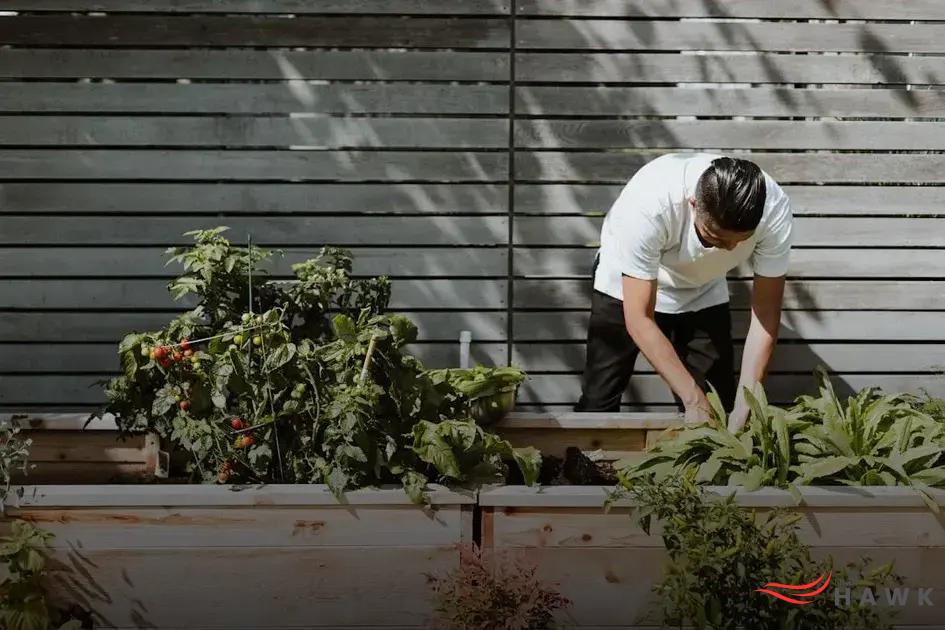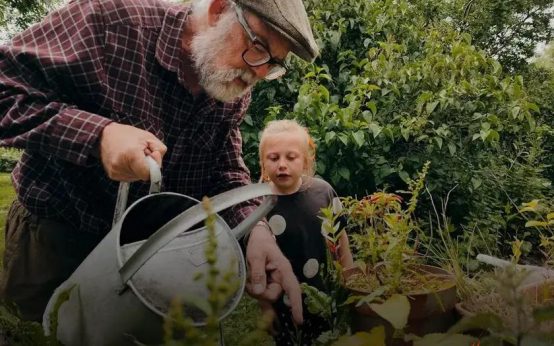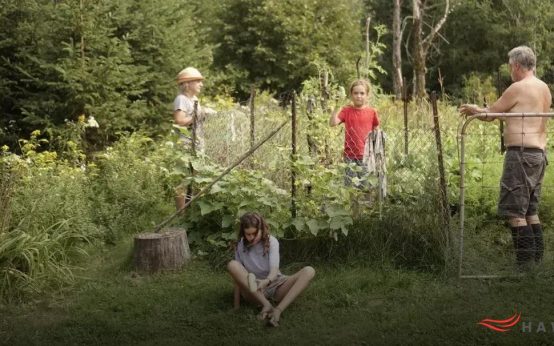Transform your backyard into a future-friendly haven with our guide on designing a sustainable outdoor space. Discover innovative landscaping techniques, the importance of using native plants, and smart water conservation methods. A sustainable backyard not only benefits the environment but also enhances your quality of life. Explore ways to integrate renewable energy features, fostering a harmonious coexistence with nature while making your outdoor area more self-sufficient. Learn to create habitats for local wildlife, contributing to biodiversity right in your backyard. Dive into these essential strategies and start your journey towards a sustainable future today!
Understanding Sustainable Landscaping
Sustainable landscaping is all about creating outdoor spaces that are environmentally responsible and resource-efficient. A key aspect of sustainable landscaping involves minimizing the negative impact on the environment while enhancing your backyard’s beauty and functionality.
One of the main principles is using native plants. Native plants are more adaptable to the local climate and soil conditions, often requiring less water and maintenance. Additionally, they provide essential resources for local wildlife, such as nectar for pollinators and seeds for birds.
Thoughtful landscape design also integrates effective water management techniques like rainwater harvesting and drip irrigation. These strategies help in conserving water, which is crucial for maintaining the sustainability of your backyard.
An overlooked but vital element is soil health. By enhancing the natural fertility of the soil through organic composting and reducing the need for chemical fertilizers, you contribute to a healthier ecosystem. Mulching is another practice that helps conserve moisture and suppress weeds.
In sustainable landscaping, attention is paid not only to plants but also to the hardscape elements. Choose materials that are locally sourced, recycled, or have a long lifespan. This choice reduces the carbon footprint and limits waste.
Moreover, consider integrating renewable energy features into your backyard. Solar-powered lights and energy-efficient appliances reduce energy consumption and contribute to sustainability.
Lastly, fostering habitats for wildlife encourages biodiversity and supports the ecosystem in your backyard. Features such as birdbaths, bee hotels, and even a small pond can make your backyard a thriving haven for various species.
Choosing Native Plants and Materials
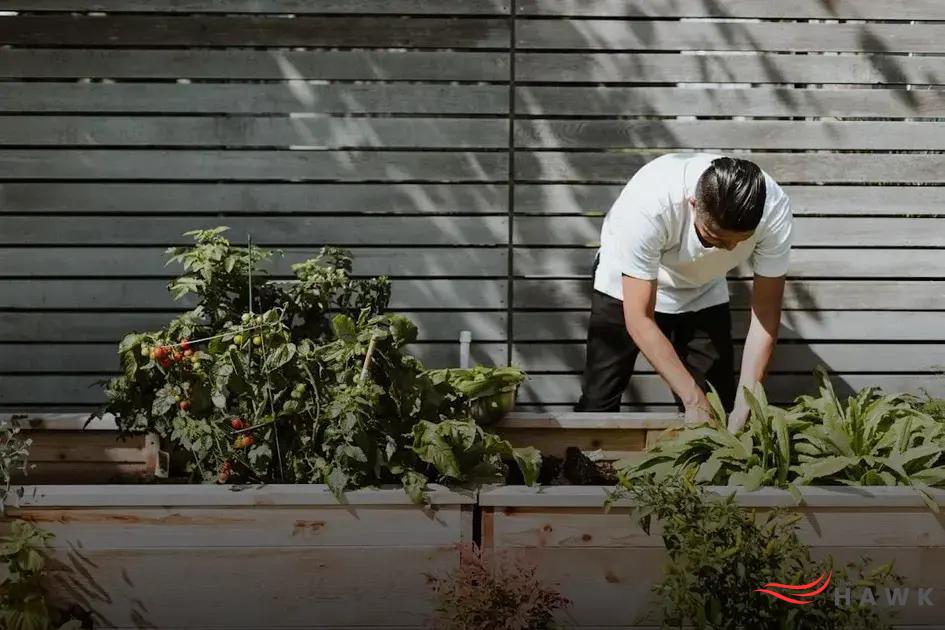
Selecting native plants and materials is crucial in cultivating a sustainable backyard. Native plants are adapted to the local climate and soil conditions, which results in lower maintenance requirements. They typically require less water, fertilizers, and pesticides, making them a green choice.
When you
opt for native vegetation
, your garden will more easily withstand the local weather patterns, blooming healthily throughout the seasons. This approach not only saves resources but supports local wildlife by providing natural habitats and food sources.
As for materials, choosing locally sourced options minimizes transportation impacts and supports sustainable practices. Consider using stones and wood that are native to your region. Reclaimed or recycled materials are also excellent choices for creating garden paths or outdoor furniture, since they reduce waste and conserve resources.
A key aspect to remember is to blend these elements harmoniously into the existing landscape. This ensures balance between functionality and aesthetic pleasure. Using a mix of native stones or wood can create beautiful, durable, and environmentally friendly garden features.
Implementing Water Conservation Strategies
To effectively implement water conservation strategies in your sustainable backyard design, start by collecting rainwater in barrels. This water can be used to irrigate plants, reducing dependency on municipal water supplies. Install a drip irrigation system to target water directly at plant roots and minimize evaporation. Select drought-resistant plants that require less water, such as succulents or native grasses.
Consider creating swales or depressions in your landscape to direct rainwater toward planting areas. This technique helps retain water in the soil and reduces runoff. Utilize mulch around plants to retain moisture and suppress weed growth. Opt for permeable paving materials like gravel or permeable pavers, allowing water to permeate the soil rather than run off.
Implement a greywater recycling system, which captures used water from sinks and showers to be reused for landscape irrigation. Group plants with similar water needs together, known as hydrozoning, to ensure more efficient watering. Regularly check your irrigation systems for leaks and adjust them seasonally to avoid overwatering during cooler months.
By thoughtfully integrating these water conservation methods, you contribute to a more sustainable use of resources while maintaining a vibrant and lush backyard oasis.
Incorporating Renewable Energy Features
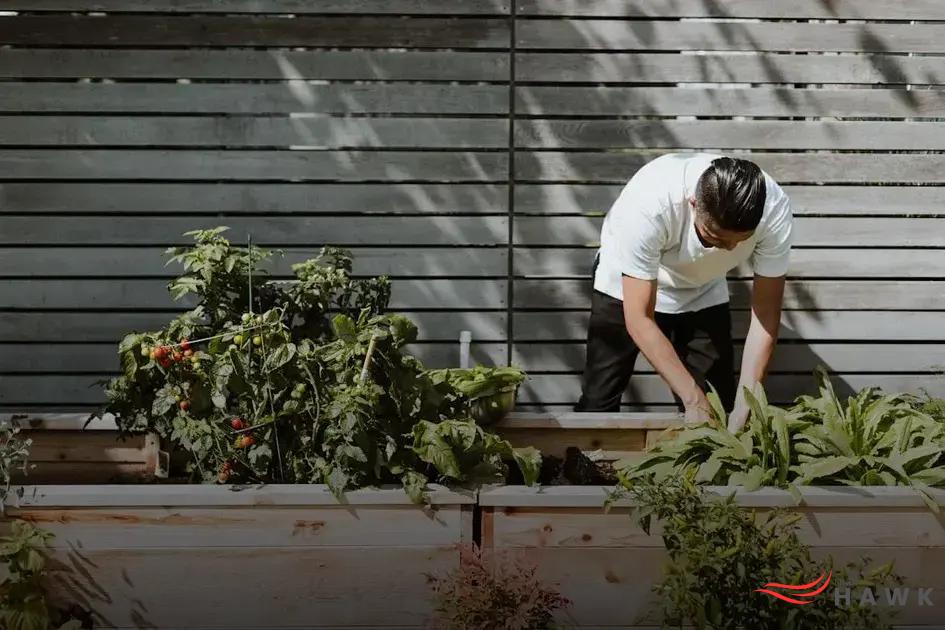
Incorporating renewable energy features into your backyard design not only helps the environment but also reduces energy costs. One effective way is by installing solar panels in your outdoor space. These can be strategically placed to capture maximum sunlight, powering outdoor lights or even small appliances.
Consider setting up solar-powered water pumps for fountains or ponds, which can enhance the aesthetic appeal while being environmentally friendly. Another creative option is using solar lights along pathways or garden beds. These lights store energy during the day and illuminate your garden at night, adding charm without increasing your electricity bill.
For those with larger spaces, explore installing a domestic wind turbine. While not feasible for everyone, wind turbines can generate substantial energy if your location has consistent wind patterns. Even a small turbine can contribute significantly to reducing household energy consumption, complementing your solar energy setup.
You might also consider integrating renewable energy in small ways, like using a solar heater for an outdoor swimming pool or a solar oven for cooking. These choices make your outdoor area not only more sustainable but also exemplify a commitment to green living.
By integrating these features, you ensure that your backyard is both enjoyable and environmentally responsible, providing long-term benefits for both your family and the planet.
Creating Habitats for Local Wildlife
Enhancing a backyard to accommodate local wildlife can significantly contribute to biodiversity and provide endless fascinations for nature lovers. Incorporating various elements that cater to different species can make a backyard a thriving habitat.
Provide Water Sources
A water feature, like a bird bath or a small pond, is essential. Fresh, clean water attracts birds, insects, and small mammals. Keeping the water source accessible and safe from predators encourages regular visits.
Create Food Supplies
Planting fruit-bearing shrubs or nectar-rich flowers can provide natural food sources. Consider species such as elderberries or sunflowers. These not only supply food but also enhance the visual appeal of your yard.
Offer Shelter
Habitat diversity can be increased by providing shelter. Planting a variety of native plants gives cover during different seasons. Building small structures like bat boxes or birdhouses can also offer essential spaces for nesting.
Encourage Insect-Friendly Plants
Pollinators, like bees and butterflies, play a crucial role in maintaining ecological balance. Including plants such as lavender or echinacea can invite these essential creatures to the garden.
By considering these aspects, you create a balanced ecosystem that flourishes throughout the seasons, encouraging a harmonious space for both wildlife and humans to coexist.

